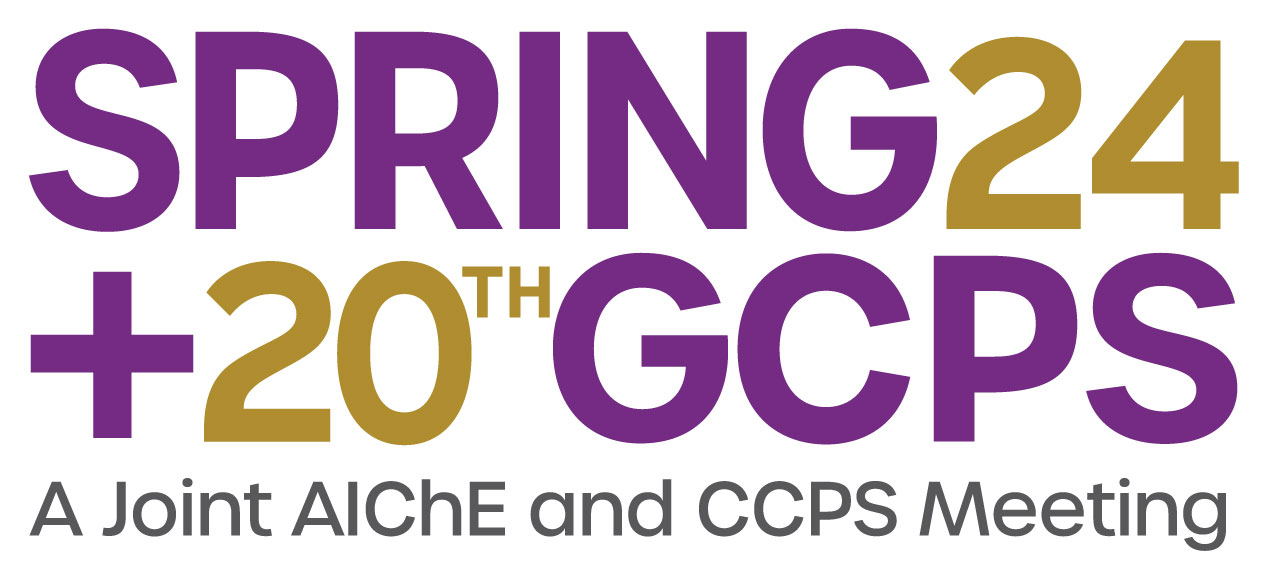

Adsorbents, of various kinds, are used to help olefin producers manage their operations as contaminated feeds and increasingly sensitive polymerization catalysts continue to offer them challenges.
The most widely used adsorbents are the 3A based molecular sieves used to remove water from the cracked gas, cracked liquids, ethylene-ethane and hydrogen. Adsorbents are not only used for dehydration, but also to remove other contaminants such as, trace mercury, ammonia, arsine and phosphine from the cracked gas.
In the ethylene and propylene product streams, and as one moves downstream to the polymer plant, contaminants are a problem for sensitive polymerization catalysts and can impact polymer quality. Catalyst effectiveness can be greatly diminished by the presence of trace contaminants such as, Chlorides, Carbon monoxide, Oxygen, CO2, Sulfur and Nitrogen compounds. In this part of the plant, adsorbent beds of various combinations in a logical sequence, can be utilized to remove a variety of compounds. The key to trace contaminant removal from olefinic streams is the use of adsorbents with low reactivity towards the process stream. Although adsorbents are a cost effective option for olefin stream dehydration and purification, it is critical to select the right product.
Selection criteria for matching adsorbent products with specific streams and contaminants as well as tips for optimal operation will be covered.
Presenter(s)
Language
Pricing
Individuals
| AIChE Member Credits | 0.5 |
| AIChE Pro Members | $19.00 |
| Fuels and Petrochemicals Division Members | Free |
| AIChE Graduate Student Members | Free |
| AIChE Undergraduate Student Members | Free |
| AIChE Explorer Members | $29.00 |
| Non-Members | $29.00 |
